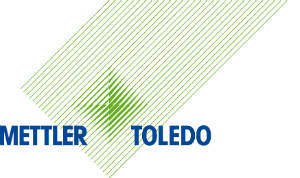
In industries such as the medical device industry where smaller batches are the norm, it does not always make sense to spend money on an automatic labeller. It is often the better choice to apply labels manually.
This is also the case in a clinical trial and research and development (R&D) environment where label information changes quickly and does not need to run at hundreds of labels per minute. What becomes important in these situations is the ability to quickly create a new label with information reflecting the next small batch of product.
With smaller batches that may vary in subtle ways, it is even more important to ensure the information on each label is correct. Printers producing one-off labels can still fail to print properly, and it is critical these improperly printed labels are identified and removed.
A given label may also have multiple areas of static and dynamic information that must all be present and correct, which is particularly important in a small-batch environment. This adds a new requirement to the label printing solution to quickly produce new label designs and verifies all information has been printed correctly.
This could be accomplished by manual inspection, but manual inspection cannot ensure that a barcode is readable, just that it is present. In addition, manually verifying the presence and content of multiple areas of information on the label is time-consuming.
A code-reading ability such as a barcode scanner or camera is necessary to be absolutely certain that printing has been properly accomplished, and if a system is already inspecting code quality it might as well verify other printed information for the sake of efficiency.
The METTLER TOLEDO V2811 was developed with these particular needs in mind, and its Just in Time labelling mode allows a print order to be sent to the system, such as from a label management system in real time.
The system delivers a printed, fully inspected label, which is immediately applied to product packages by the system operator. New label designs can either be transmitted to the system after being created remotely, or information can be entered into a pdf template, which will then produce a uniform label design with variable information.
As each label is printed, the system verifies the presence and readability of all required information and marks any defective labels so they are not accidentally applied to a product package. Rather than verifying all information manually, operators can just look for the mark indicating a defective label. A compact design ensures the V2811 does not take up valuable space and can function as a desktop label printing solution for various kinds of labelling applications.
For more information on the V2811, or information on other METTLER TOLEDO vision inspection offerings, make an enquiry using the enquiry form on this page or visit its website mt.com/ci-vision.

